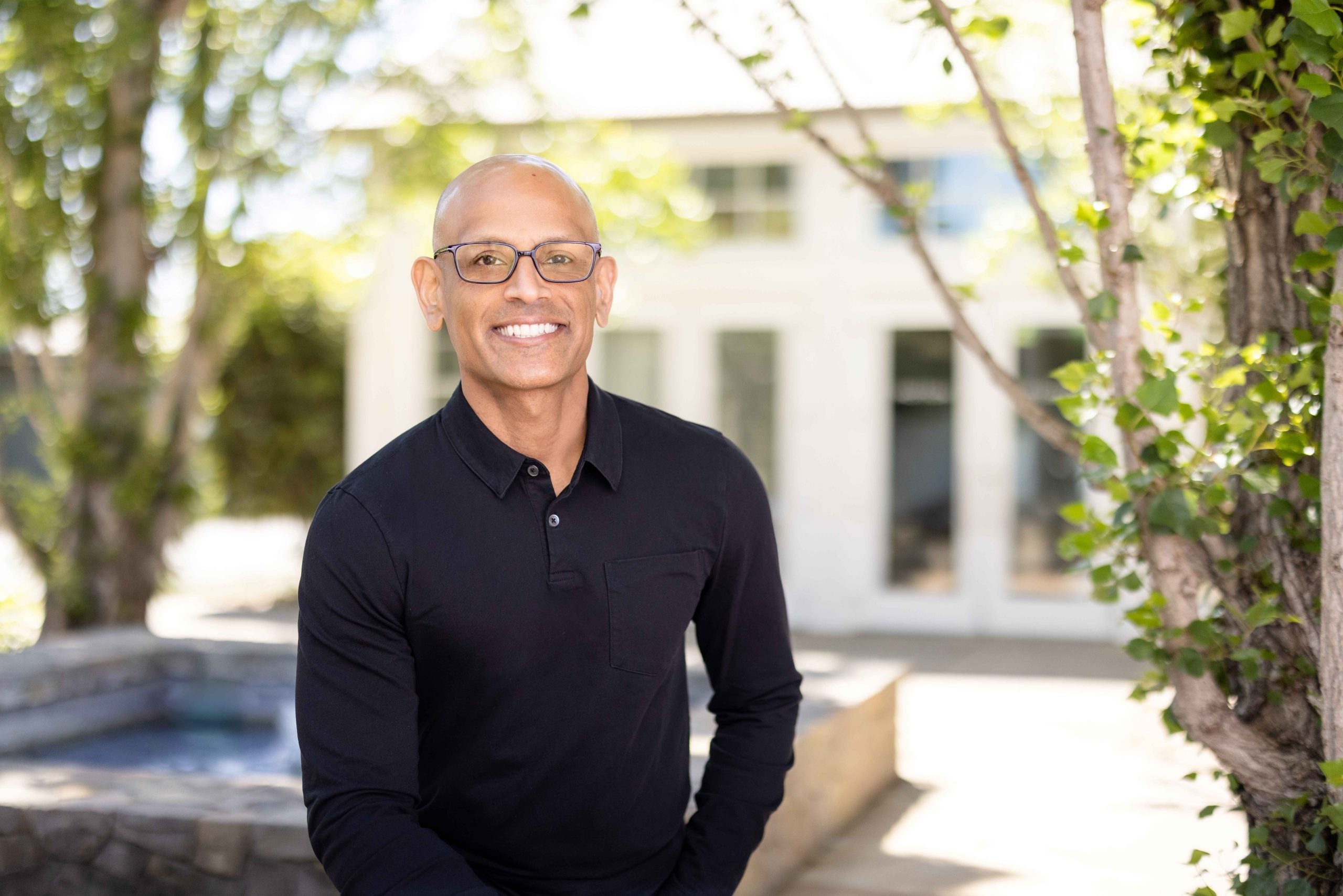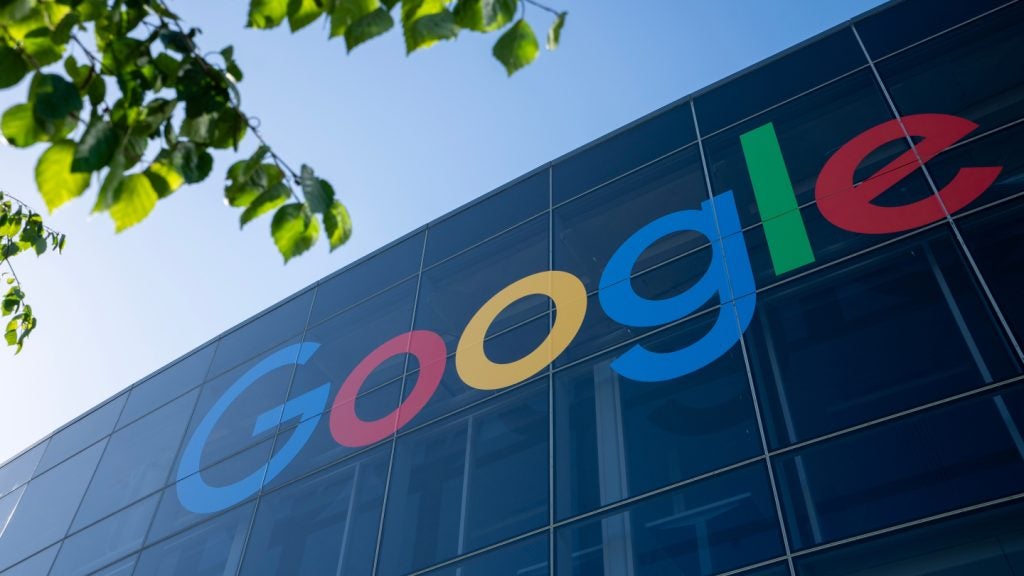
If you had to order the top three priorities for every chief security officer, what would they be and why?
Today’s macro- economic and geopolitical environment poses a number of different constraints and challenges on everybody depending on the business. But first and foremost is the move to the cloud. There is a lot of focus on digital transformation: moving faster on building new applications, mining more data and getting products out to more customers. This means there is a lot more from a risk perspective to manage because you’re innovating when moving to the cloud. It’s great for business growth. But as part of that comes risk and additional cyber threats and so it’s important to ask how to be more effective in end-to-end risk management in your enterprise.
Number two, I would say is, we’re all being asked to do more with less these days. So, it goes hand in hand with priority number one, but how are you going to make your teams more effective and efficient in the face of all of this new technology whether it be with the cloud or AI?
And thirdly, I would say any list right now is incomplete without some mention around what you’re doing to enable the business around AI. Everybody’s doing different things. Some are still tinkering, some are betting the whole farm on it. But from a boardroom perspective, as much as Gen AI presents business opportunity, it also represents business risk, because the same technology that we’re all enamored with can be used to take advantage of businesses and people even more so these days. Boardroom conversations need to be balanced about opportunity to the business as well as new threats.
How has the rapid development of AI affected your job of protecting data, both positively and negatively?
Gen AI is something that helps users of our platform to be more efficient and effective in keeping up with the cyber risks. It’s still early and we’re still trying to understand how the technology can be used for good as well as for harm and everybody needs to contextualize that in their own businesses. We recently announced Lacework’s AI Assist, a Gen AI feature that helps our users understand all of this data, all of this context much more quickly. So, it does, in some ways, give company employees the power to be able to process all of these fast-moving changes in the cloud more quickly. And it’s like a study guide, a kind of expert that can help you, particularly if you are new to the job, or you’re not very senior and don’t have all of the tools of the trade to expedite learning.
How do you see AI, in the context of your business, evolving over the next five years? And what is your advice to companies that have not invested in AI technology early enough?
I think everybody has to get started because we are in a state of discovery around the business value of AI. We have to build things and experiment, depending on everyone’s different priorities. In the broader context of what’s important, questions worth asking are how many people do you have to devote to this? Do you have the right skills? The right approach is to take as many shots at the goal as you can to experiment and learn. Not by doing PowerPoint presentations or using whiteboards, but you actually have to iterate on this, to learn and test. And then that will help build more expertise in a team to help you understand the responsible parts of AI as well as the opportunities and risks. That’s the conversation that needs to start happening.
How does Lacework fit into the process of businesses testing and learning about AI?
We take a data driven approach to helping businesses understand risk and threats in their cloud infrastructure. We have been investing in building a broader platform and ecosystem that really looks at different personas within a business from a developer to somebody who’s doing operations to a security operations analyst or a C-suite executive like the CTO, and really driving and building the right outcomes for these different people in an organisation.
How well do you really know your competitors?
Access the most comprehensive Company Profiles on the market, powered by GlobalData. Save hours of research. Gain competitive edge.

Thank you!
Your download email will arrive shortly
Not ready to buy yet? Download a free sample
We are confident about the unique quality of our Company Profiles. However, we want you to make the most beneficial decision for your business, so we offer a free sample that you can download by submitting the below form
By GlobalDataNot just a single point solution, but a broader platform that really can morph itself to wherever the business is in terms of its journey in the cloud and how fast it’s moving and where it is on the technology adoption spectrum. If you want to move fast in the cloud, and you want security to be an enabler for your innovation, whether it be AI, whether it be building new applications or whether it be acquiring companies, then Lacework enables that and helps you be secure as you’re driving that innovation versus the conventional approach where security becomes a hinderance or a blocker. We don’t see security as a gate that people have to go through to drive innovation. Rather, our system enables that faster innovation, and faster growth for a business.
How did your 12 years at Facebook inform the way that you now run Lacework?
Facebook is obviously a consumer business and is a very different business to an enterprise cybersecurity SaaS offering. I dealt with a lot of unprecedented things from a technology perspective: scale, shift to mobile and AI. It was an extraordinary time from a career growth perspective. I was able to build a system here at Lacework that mirrors how we did cyber security and protection at Facebook, a data driven approach, and mining that data to really drive effective outcomes for different people in a technology organisation. Lacework reflects that.
The mission orientation of what we’re doing here at Lacework resonated with me very strongly. I think there’s a lot of experiences that we all had at Facebook, and even prior to that, in terms of building teams, dealing with growth, whether it be challenges, listening to your customers, iterating and building products, quickly adopting new technology, like with Gen AI. I learned all those things by doing them. (At Facebook) We had to learn the mobile transition which meant reorganising the business and the products around that, similar to what’s happening with AI now. When you have lived through those experiences and tried things in the past that didn’t work, you remember not to make the same mistakes. Of course, you make new mistakes but that’s part of it and part of the fun of building a business. We’re a small and mighty team, focused on driving innovation, constantly learning super-fast from our customers, while iterating and being transparent.






